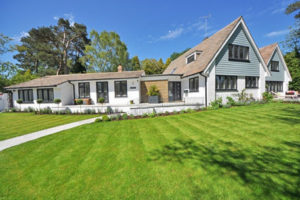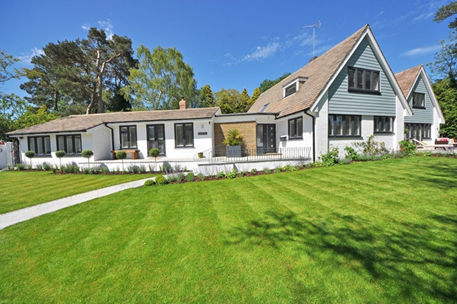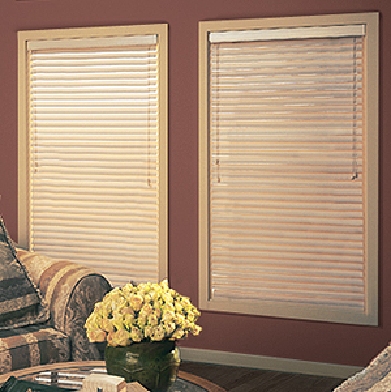There are a few basic types of home additions catering to the needs of homeowners in terms of living area, affordability, and aesthetics. Home additions range from low-cost extensions to pricey full-size conventional expansions. If you need additional space, rather than moving to a bigger house, consider adding on to your home. It is a wise investment for many homeowners since it increases usable living space, boosts the value of your home, and also avoids costly Real Estate Commissions. Here is all you need to know about home additions.
Structural Analysis

If you are expanding upward, it is very important to do a detailed design and structural analysis. If a static calculation determines that your existing structure can withstand the additional load, you can be sure that this is a safe decision.
It is also essential to stick to the defined materials during construction. Any change of material carries a weight change and can impact the total load of the structure.
Original Materials and Details
An old house’s construction materials can be harmed by a new addition. That’s why you should get to know your home before you start the project – examine the original structure carefully before proceeding. Take measurements of the floor plan, vertical heights, and the house’s components—windows, doors, and cladding—as well as existing materials. Architects discover inventive ways to maintain as much of the existing structure as possible when planning extensions in older homes.
When it comes to new work, materials and finishes that mimic the original details, even if they aren’t identical in composition, will reflect the character of the original and contribute to the overall appearance.
Different Types of Home Additions
Room and house additions are worthy investments whether you have a large or small house. However, there are a few things to consider before you begin planning a home addition:
- Before you start your project, make sure to consult with experts.
- Check the zoning ordinances and construction codes in your area.
- Visit the county assessor with your designs and plans.
- Report the additions to the county assessor once they’ve been finalized.
Finding inspiration is the first step in designing a house extension. Here are some home addition suggestions to get you started on your next home improvement project.
A Full-House Extension
A traditional home addition is a multi-room structure attached to the side of the house. A well-built house addition will virtually blend in with your home, even though it’s a mini-home attached to your house.
Full-size house extensions are often expensive, with costs seldom falling below five figures in any market. However, they typically yield a high value in ratio to their construction cost. Building a traditional addition to your home is also a lengthy process, so you will need to arm yourself with patience and a good plan.
A Bump-Out
A single room extended on the side of a house, such as a bedroom or bathroom, is known as a room addition or bump-out. It is used to increase the size of a single room in an existing home. A room addition is a smaller version of an expansion. For example, it could be an extra 50 square feet added to your kitchen to make room for a kitchen island. Bump-out additions can be 15-30% less expensive than traditional expansions since they don’t require a roof or foundation work.
Convert an Attic into an Additional Room?
The answer to this question is up to you. It depends on your need for space, but also your stance on slopes. If you have a sloping roof and do not need twice as much space, you can opt to convert an attic into an additional room. The problem is that You won’t be able to walk all the way over to the edge due to the slope. This issue has been addressed in a variety of ways including converting the last few feet into some sort of storage. An attic conversion certainly requires less investment when it comes to construction materials and finishing work compared to adding an additional floor.
However, if you decide on this option, consider the roof’s thermal insulation in case your existing roof does not have it. It’s crucial to be optimally insulated so that your stay in the attic would be pleasant both in winter and summer. Typically an unoccupied full height attic will have the floor insulated with either fiberglass batts or blown-in insulation. Some older homes may not have any insulation at all. So in order to make an attic conversion comfortable, additional insulation will have to be added to the ceiling. This can be done with foam in place, fiberglass batts, or rigid insulation boards. Or as in the following creative solution video a combination of rigid board and batts.
A Garage Conversion
Converting a garage to create more space, such as an extra bedroom, living room, or kitchen extension, is a cost-effective and less invasive option. If you want to get extra creative, you can also turn your garage into a gym, craft room, art room – the possibilities are endless.
However, a possible downside of remodeling your garage into a living space is less storage space. You will surely need to find a solution to keep your possessions safe from damage during the renovation, but you might need to think about more permanent storage solutions, as well.
Advantages of a Home Addition
For many families, location is everything. As the cost of new building land increases sharply, the convenience and charm of your current area becomes invaluable. If your parcel is small and you do not have much space to expand at the level of your existing house, it might be time to consider an upgrade.
Even if your plans to remodel your house are more complex than just adding new squares, keep in mind that adding onto your home can bring significant benefits – both financial and personal. The value of a house in more popular areas can double in a short period, and the additional room will undoubtedly do you good.
However, intangible benefits are even more significant. If you expand the house within the existing framework, you will be able to continue to enjoy spending time with family and friends in your yard. Also, you will not have to give up any trees that you have planted. In hot climates such as Florida and Texas, full-grown trees are an invaluable asset as they can drastically reduce cooling costs in hot summer months.
It is for these reasons that home additions are a practical and functional solution. they provide the possibility of expanding your living space without having to give up a big part of the lawn or your beloved garden.
You might also like:




